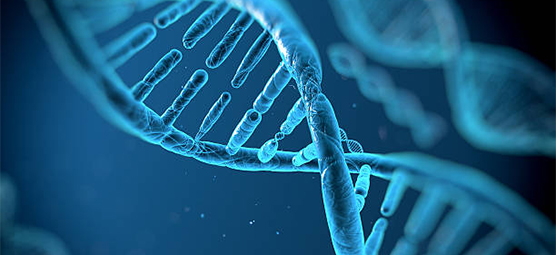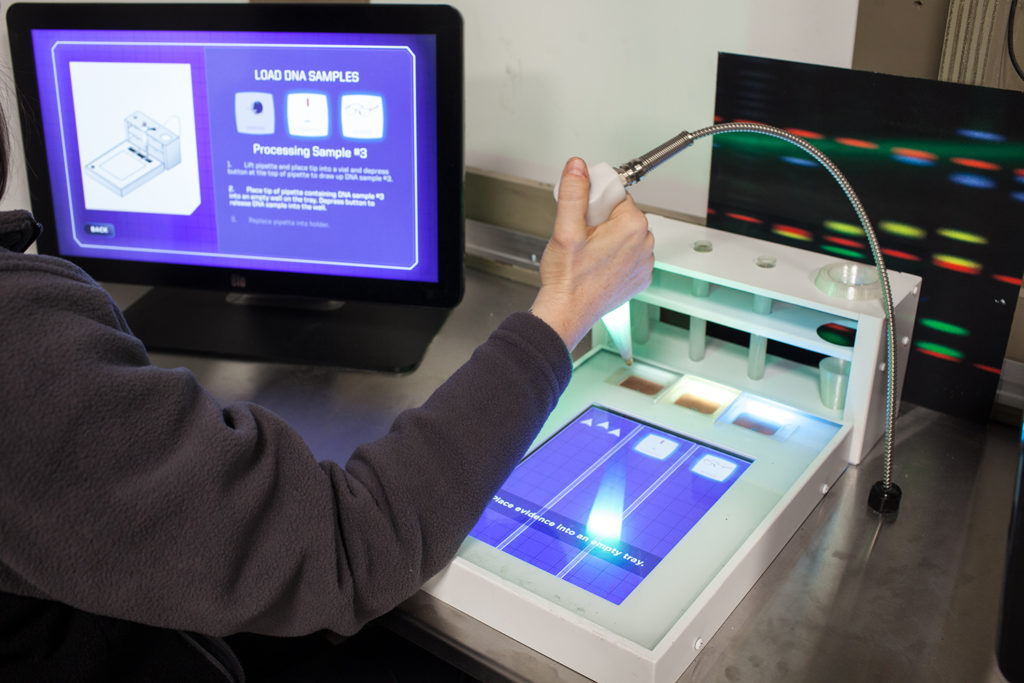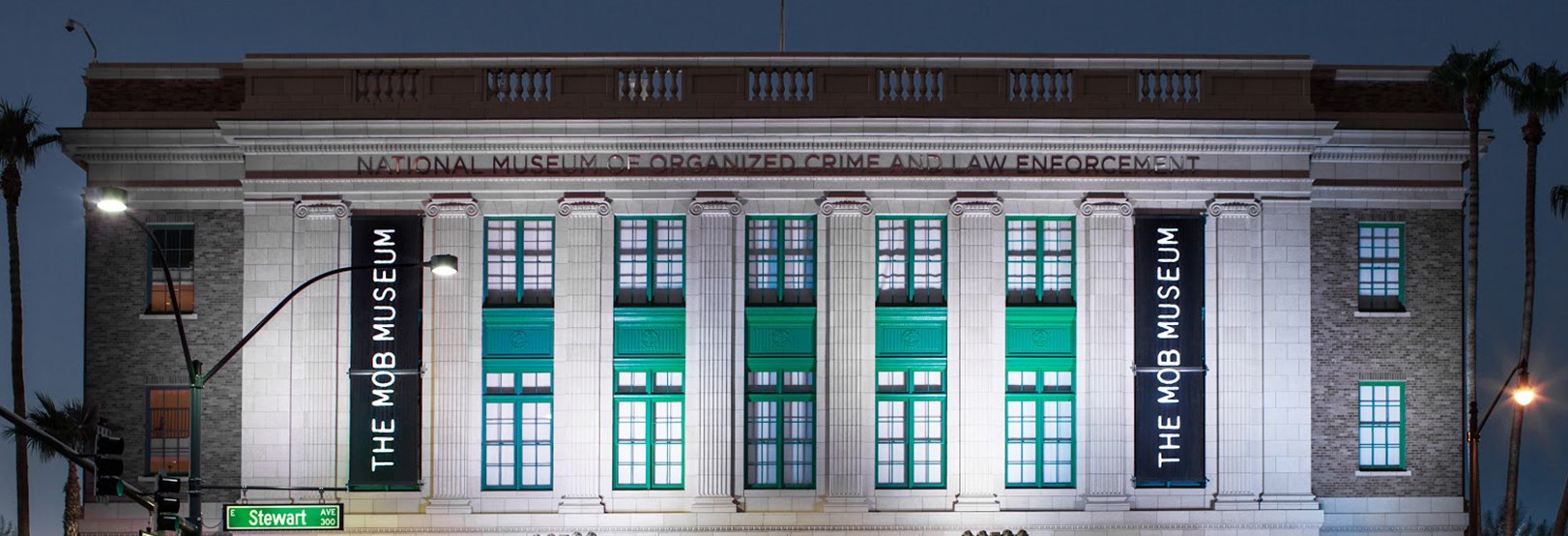May 12: Science of Crime – Biology/DNA

Purchase Crime Lab Experience Today!
Using biology and DNA to decode a crime.

Program Overview:
Forensic science is a complex discipline that encompasses more than a dozen distinct fields. Except for a few recent additions to the investigative tool kit such as DNA analysis and computer forensics, most fields trace their origins to the 19th century or before.
This program in the Science of Crime series looks at the identification of biological materials, DNA analysis and the coordination of the local DNA database with the national system.
Within most crime labs, scientists have highly specialized expertise. Unlike what is portrayed on television, it is rarely one individual who investigates the crime scene, processes the fingerprints, analyzes the DNA and examines the trace evidence. Instead, highly specialized experts focus on one field. This leads to more efficient and effective lab results.
Each month, The Mob Museum and the Las Vegas Metropolitan Police Department Forensic Laboratory will present an in-depth look at the disciplines and sciences that encompass forensic analysis.
Forensic Scientist Kim Dannenberger
Kim Dannenberger graduated from University of Nevada Las Vegas with a Bachelor of Science Degree in Molecular and Cell Biology. She was hired by the Las Vegas Metropolitan Police Department Forensic Laboratory as a Forensic Laboratory Aide in December 2008, progressed to Forensic Scientist trainee within the Biology/DNA Detail in March 2011, and is currently a Forensic Scientist. She has worked on over 600 DNA cases.
The Biology/DNA Detail is responsible for the identification of biological materials, DNA analysis and the administration of the Combined DNA Index System, or CODIS, the local DNA database that feeds into the national DNA database.
This program takes place in the Goodman Room on the Museum’s third floor.





